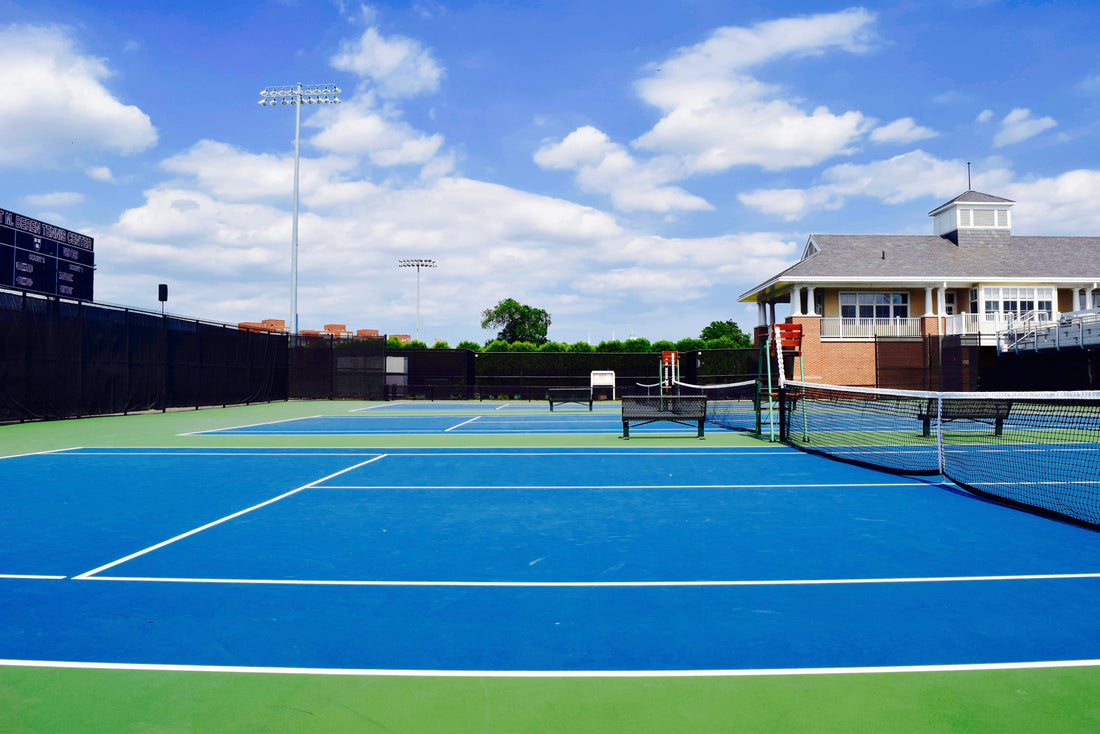Level-based play rides again
The second annual UTR Boston Open displayed more convincing evidence that UTR-based events generate
level-based play, whose
many advantages include close, competitive tennis matches. The tournament, open to all players with UTRs of 9.5 or higher, took place at Harvard University from September 8 to 11. Like the
first UTR Boston Open a year ago, it drew players from all over the northeastern United States, vying for $3,000 in prize money. Their ages ranged from 16 to 54. Harvard senior and varsity captain
Sebastian Beltrame (UTR 12.90) ultimately emerged as champion, prevailing in the final over
Frazier Rengifo (12.23), a Colombian national based this summer in Manchester, Massachusetts.

Harvard senior and varsity captain Sebastian Beltrame (UTR 12.90), UTR Boston Open Champion
The Open had both a qualifying draw and main draw, each with 32 slots.
This year’s main draw directly entered 21 players with UTRs of 12.1 to 13.5 and higher—a significant bump from last year’s benchmark of 11.5. Tournament director Rick Devereux applied the
UTR “50 percent solution” to seeding the draw, and so largely avoided the early-round mismatches plaguing events that assign most of their matches by random chance. “We tried to avoid ‘the luck of the draw,’ ” Devereux says.
”To get into the main draw, you had to beat someone rated 11.0 or 11.5, or close to that.”
Eight more players joined the main draw after surviving the qualies. “To get into the main draw, you had to beat someone rated 11.0 or 11.5, or close to that,” Devereux explains. Seven of the eight qualifiers were rated in the 11.5 to 12 range. Level-based play insured that athletes earned the right to advance. The main draw thus began with 29 entrants, with three byes awarded to the players holding the three highest UTRs.

Beren Tennis Center
Applying the UTR metric consistently throughout the event produced lots of highly competitive tennis. Using UTR’s definition of a competitive match as one in which the outcome of two sets is 6-4, 6-3 or closer, the UTR Boston Open’s qualifying draw yielded 11 competitive contests out of 24 matches, for a 46 percent rate. The main draw did even better, with 16 of 27 matches reaching the competitive threshold for a 59 percent rate. These proportions compare well with rates in men’s (70 percent) and women’s (55 percent) college and pro-tour matches, and far exceed benchmarks in USTA sectional (35 percent) and district (27 percent) championships. USTA national junior championships come in at 45 percent, and many junior events hover in the 25 percent range.
“Tournaments such as the Boston Open are like gold. They really let you test your game. UTR is taking off now. Eventually everyone will follow it.”
The oldest entrant in this year’s UTR Boston Open was 54-year-old Charlie Maher (10.34), who at one time was the top-ranked man in New England. Maher lost a tough battle in the opening round of the qualies to Harvard varsity player
Xavier Gonzales of Houston, Texas, 7-6. 6-4. “I’m thrilled to be playing with young guys,” says Maher, who teaches tennis at MIT. “A lot of us are looking for meaningful competition with players at our own level. The college players there are hungry, fit, and sharp. Who cares if you are playing a man or a woman, or how old they are? It’s your level of play that matters in tennis.” Maher adds, “Tournaments such as the Boston Open are like gold. They really let you test your game. UTR is taking off now. Eventually everyone will follow it.”

Maher notes another benefit that can endure long after the matches are over. “These UTR events are great for networking,” he says. “You meet people who’ll give you a good game, and you can play with them in the future.”
Interested in participating in a level-based tournament in your area? You can check out our upcoming UTR Events listing at events.universaltennis.com.
 Harvard senior and varsity captain Sebastian Beltrame (UTR 12.90), UTR Boston Open Champion
Harvard senior and varsity captain Sebastian Beltrame (UTR 12.90), UTR Boston Open Champion Beren Tennis Center
Beren Tennis Center Maher notes another benefit that can endure long after the matches are over. “These UTR events are great for networking,” he says. “You meet people who’ll give you a good game, and you can play with them in the future.”
Interested in participating in a level-based tournament in your area? You can check out our upcoming UTR Events listing at events.universaltennis.com.
Maher notes another benefit that can endure long after the matches are over. “These UTR events are great for networking,” he says. “You meet people who’ll give you a good game, and you can play with them in the future.”
Interested in participating in a level-based tournament in your area? You can check out our upcoming UTR Events listing at events.universaltennis.com.





